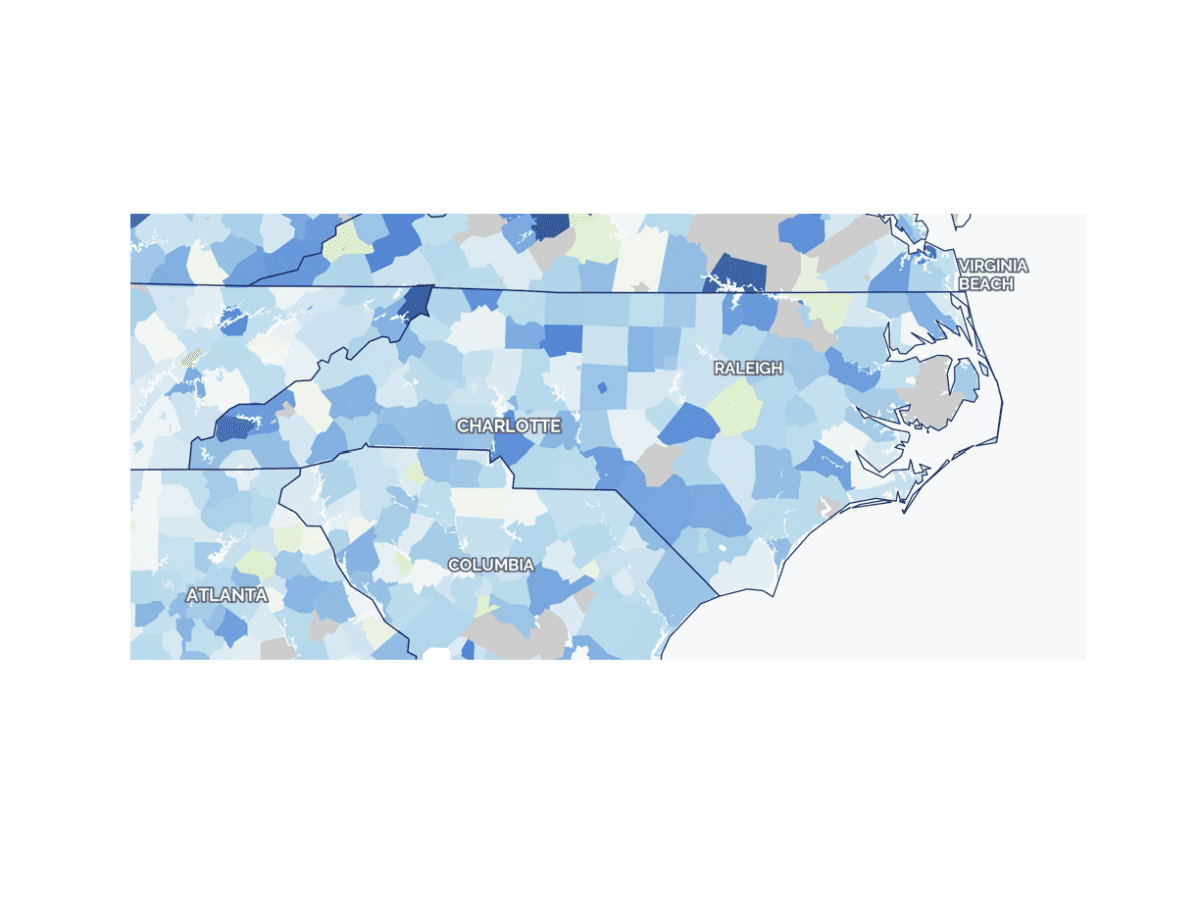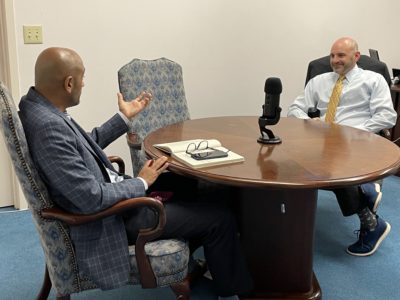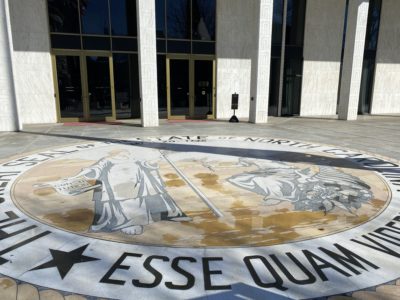
|
|
The Education Recovery Scorecard — a collaboration between the Center for Education Policy Research at Harvard University and The Educational Opportunity Project at Stanford University — just issued a report on the first year of academic recovery for school districts in 30 states, including North Carolina.
Tom Kane, who grew up in Winston-Salem, is faculty director of the Center for Education
Policy Research at Harvard University and co-author of the report.
Here are the report findings for North Carolina, according to the press release:
- Between 2019 and 2022, students in North Carolina lost .68 grade equivalents in math and .46 grade equivalents in reading. In other words, it was as if students missed two-thirds of a typical year’s learning in math and nearly half of a year in reading during the pandemic.
- Math achievement losses between 2019 and 2022 varied dramatically by district, even among districts with similar poverty levels. For example, students in Winston Salem/Forsyth County Schools lost more than a full grade equivalent in math achievement while students in Durham County Schools lost 40% of a grade equivalent.
- Between 2022 and 2023, students in North Carolina made up 27% of a grade equivalent in math and 18% of a grade equivalent in reading — which is 40% of the loss in both subjects.
- Between 2022 and 2023, Winston-Salem/Forsyth County saw one of the largest improvements, making up more than half a grade equivalent in both math and reading.
- Despite having had a smaller than average loss between 2019 and 2022, Durham schools still improved by as much as Winston-Salem/Forsyth between 2022 and 2023.
- However, even if North Carolina schools manage to continue improving at last year’s rate of recovery, they will not have caught up by the time the federal funds run out.
- North Carolina received nearly $5.6 billion in federal recovery funding and as of January 2024, still had over $1.1 billion (20%) remaining.
District by district, you can see their findings for change in average math and reading scores along with the percent free and reduced price lunch students served in the interactive map on this website.
Based on their research, the researchers advocate for informing parents if their student is below grade level in math or reading so parents have time to enroll in summer learning; expanding summer learning opportunities; extending high-quality tutoring and after-school programs; and galvanizing local government, employers, and community leaders to work together to lower student absenteeism, which has remained high since the pandemic.
The N.C. Department of Public Instruction has an Office of Learning and Recovery. The mission is to provide school districts across North Carolina with “the research and support needed to make evidence-based decisions to combat learning loss and accelerate learning for all students.”




